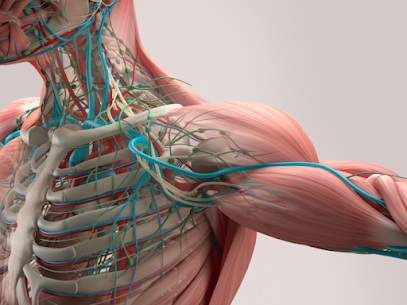The Role of Myofascial Release in Rehabilitation: Supporting Recovery
Unlocking Vital Healing: Myofascial Release's Pivotal Role in Rehabilitation and Restoring Optimal Health.

The Role of Myofascial Release in Rehabilitation: Supporting Recovery
In the realm of rehabilitation, where every step counts toward recovery, the spotlight is increasingly turning towards myofascial release therapy. This hands-on technique, focusing on the manipulation of fascial tissues and trigger points, has emerged as a crucial player in aiding recovery from injuries, surgeries, and various physical traumas.
Understanding Myofascial Release
At its core, myofascial release therapy is designed to address the intricate web of fascia—connective tissue interwoven throughout our muscles, bones, and organs. Unlike traditional massage techniques, myofascial release goes beyond the superficial muscles, targeting areas of tension within the fascial network. This approach proves especially beneficial in the rehabilitation process, where a comprehensive understanding of the body's interconnectedness is paramount.
The Importance of Rehabilitation
Rehabilitation is more than a mere postscript to an injury or surgery; it's a pivotal chapter in one's journey back to health. The primary goal is not just healing but restoring functionality, mobility, and overall well-being. Recognizing the significance of rehabilitation lays the foundation for understanding why therapies like myofascial release play a crucial role in this process.
Myofascial Release in Injury Recovery
Injuries often leave a lasting impact on the body, manifesting as pain, stiffness, and reduced mobility. Myofascial release steps in as a therapeutic intervention to address these issues directly. By targeting specific trigger points and releasing tension in fascial tissues, this therapy facilitates the restoration of natural movement patterns and accelerates the healing process. Real-life examples underscore the effectiveness of myofascial release in alleviating pain and promoting recovery.
Myofascial Release Post-Surgery
The aftermath of surgery brings its own set of challenges. Scar tissue, inflammation, and restricted movement can impede the recovery journey. Myofascial release proves invaluable in post-surgical care by addressing these challenges head-on. The gentle yet targeted manipulation of fascial tissues helps break down scar tissue, reduce inflammation, and enhance overall flexibility. Patients often find themselves on a faster track to recovery with the incorporation of myofascial release into their post-surgery rehabilitation plans.
Myofascial Release and Trauma Healing
Physical traumas, whether from accidents or other forms of injury, can have profound effects on both the body and mind. Myofascial release recognizes the holistic nature of trauma healing. By releasing tension in fascial tissues, this therapy contributes to not only physical but also psychological well-being. It becomes a vital component in the comprehensive approach needed for a complete recovery from trauma.
Benefits of Myofascial Release in Rehabilitation
The advantages of incorporating myofascial release into rehabilitation plans are manifold. Firstly, it offers effective pain relief by addressing the root causes of discomfort. As tension in fascial tissues is released, the associated pain diminishes, allowing individuals to engage more fully in their rehabilitation exercises. Improved mobility is another notable benefit. By enhancing the flexibility of muscles and fascia, myofascial release enables a more extensive range of motion, crucial for restoring normal function.
Reducing inflammation is a key aspect of the therapy. Inflammation is a natural response to injury or surgery, but when left unaddressed, it can impede the healing process. Myofascial release aids in reducing inflammation, creating a more conducive environment for the body to heal.
Scar tissue management is yet another domain where myofascial release shines. After surgery or injury, scar tissue can form, leading to stiffness and restricted movement. Myofascial release helps break down this scar tissue, promoting pliability and minimizing the risk of long-term mobility issues.
Incorporating Myofascial Release into Rehabilitation Plans
A collaborative approach is essential when incorporating myofascial release into rehabilitation plans. Healthcare professionals, including chiropractors, physical therapists, and acupuncturists, work together to tailor the therapy to individual needs. This integration ensures a holistic and well-rounded approach to rehabilitation, addressing both the specific injury or condition and the overall well-being of the individual.
The versatility of myofascial release allows it to complement various rehabilitation modalities. Whether used alongside traditional physical therapy exercises, acupuncture, or chiropractic adjustments, myofascial release enhances the overall efficacy of the rehabilitation plan.
Conclusion
In conclusion, the role of myofascial release in rehabilitation is one of a supportive partner, guiding individuals toward a complete and sustainable recovery. Its unique focus on the interconnected web of fascial tissues sets it apart in the realm of therapeutic interventions. As we continue to unravel the intricacies of the human body, myofascial release stands as a testament to the power of targeted, holistic therapies in the journey back to health. By understanding and embracing its role, individuals can pave the way for a more vibrant and pain-free future, redefining what's possible in their rehabilitation journey.
Omaha Chiropractors and Acupuncture










